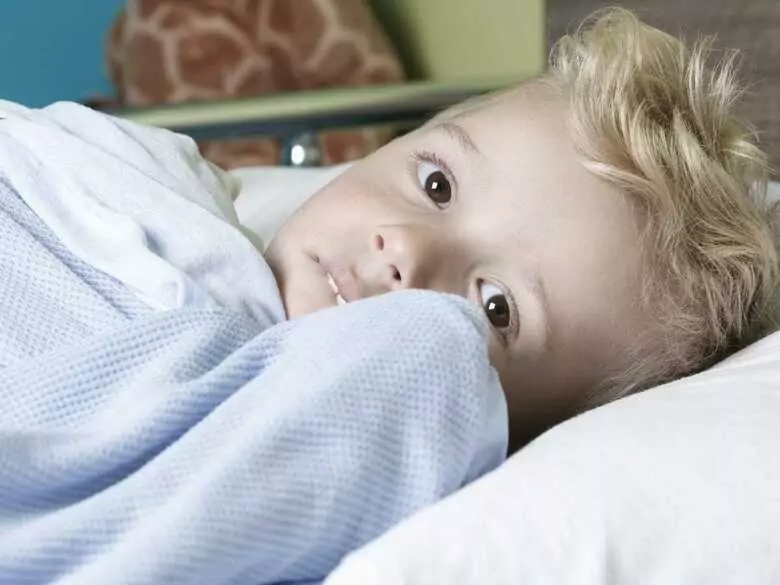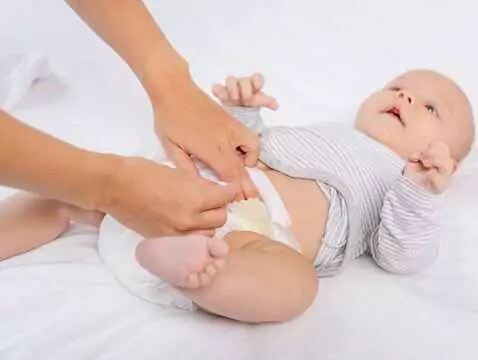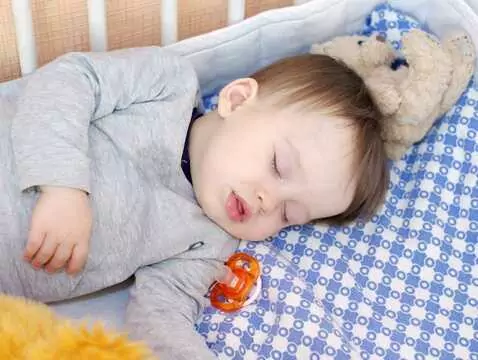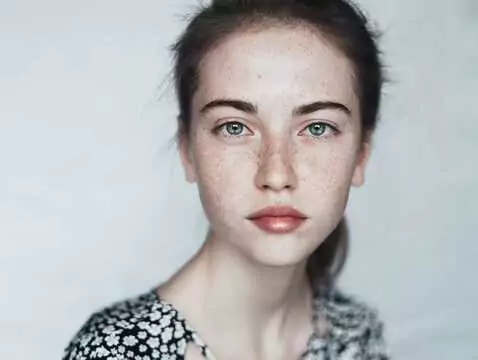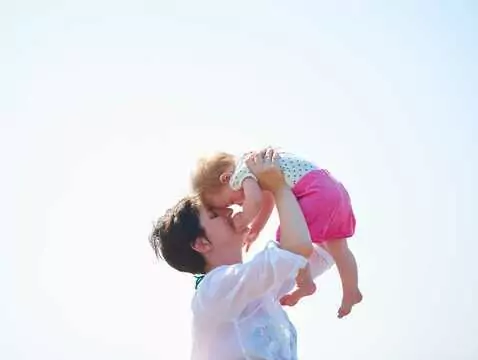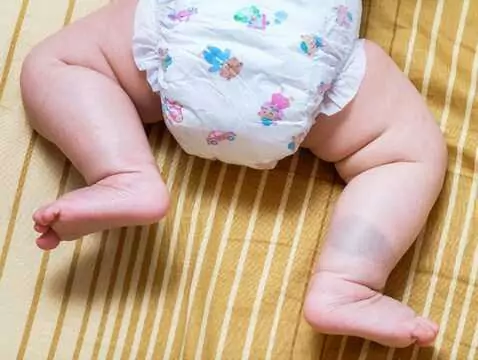The skin forms a barrier between the surrounding environment and the body's organs and systems. During the first years of life, it develops gradually and only at around 3 years of age does it become similar to adult skin. Due to its immaturity, the risk of irritation, infections and certain diseases is greatly increased. This article presents the principles of daily skin care for infants and young children and the most common skin problems occurring at this age.
Skin care in winter
Cold air, wind and sun have an adverse effect on a baby's delicate skin. Walking should be abandoned when the temperature outside drops below - 10ºC. If there is a strong wind, it is also better to stay indoors, as the temperature feels much lower than the thermometer indicates. A few minutes before going out for a walk, apply an oily cream to the baby's face to protect the skin from the adverse effects of wind and frost. This will form a protective layer, reducing the effect of the weather on the skin. Even on sunny winter days, it is better if the pram hood is raised to protect the baby from additional cooling. Also remember to put a plastic wrap on the pushchair to protect the baby from snow and wind. Also adapt the time of your walk to the weather.
Skin problems:
Dandruff
It is a common skin problem occurring in infants. At first it may resemble dandruff, then it becomes visible as thick, yellow scales covering the baby's head. In order to get rid of them, the baby's head needs to be oiled and then a cotton cap put on. This should be done about two hours before bathing. The scales will then become soft and can easily be brushed out with a soft brush. This procedure can be repeated before each bath. Dandruff usually passes spontaneously around the age of three months.
Baby acne
It is caused by increased activity of the sebaceous glands, triggered by androgens. These hormones mostly originate from the mother, from whom they enter the baby's body through the placenta during pregnancy. Sometimes, infantile acne is also caused by the use of mineral oils for skin care. Infantile acne resembles acne occurring during puberty. The predominant lesions are closed comedones (white), open comedones (black), papular eruptions and pustules. These should not be squeezed out, as this can lead to increased inflammation and bacterial superinfection. Skin lesions usually do not require treatment. It is recommended to use mild cleansers and avoid cosmetics with mineral oils. Spontaneous, complete resolution of skin lesions usually occurs within 1-3 months.
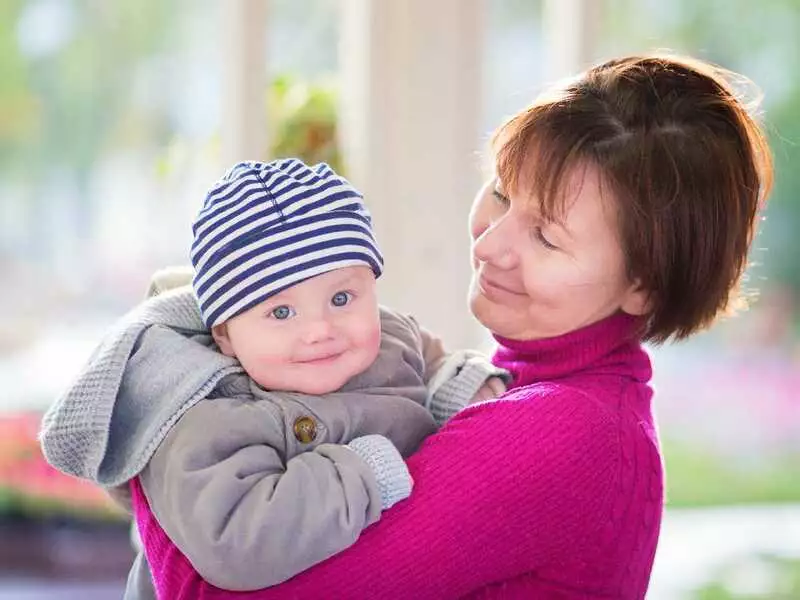
photo: shutterstock
Sweats
These take the form of bright red, small blisters. They can be filled with a clear fluid (in this case we speak of white perspiration) or with a purulent secretion (this is purulent perspiration). They most often occur in areas where the skin sweats the most: on the nape of the neck, on the neck, in the flexures of the joints, in skin folds. They do not cause discomfort. Sweats often occur when the baby is overheated. Therefore, remember to dress the baby in light, cotton and loose clothing and do not overheat the rooms in which the baby is staying. For a baby lying in a cot put on one more layer of clothing than you have on your own. For an active baby, crawling or walking put on clothes of the same thickness as those that keep you warm. In the event of perspiration do not use oil creams, as these clog the sweat gland outlets and contribute to worsening the condition of the skin.

